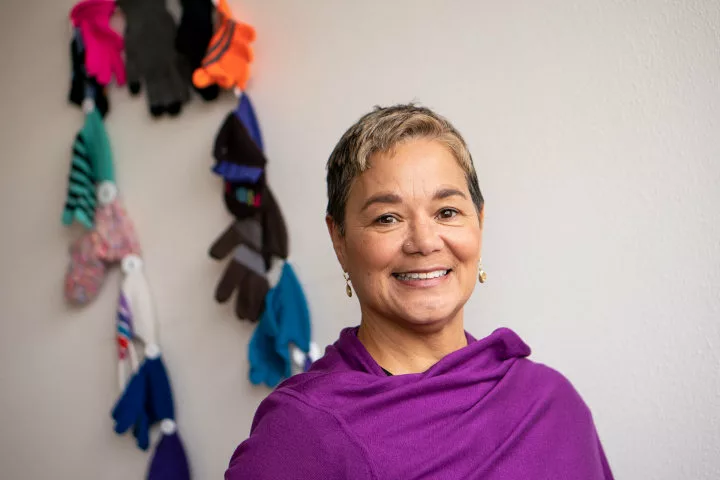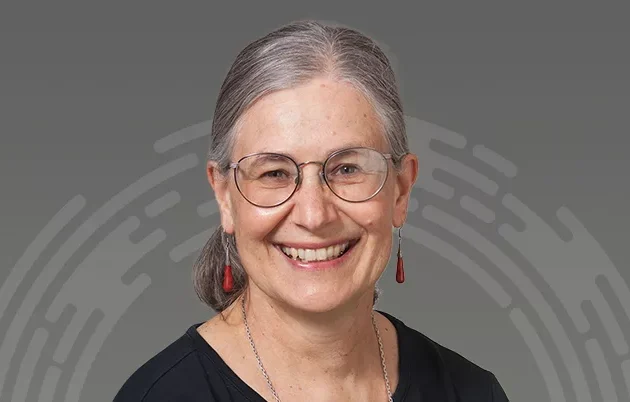Interestingly, the drivers of poor health across places in Wisconsin are strikingly similar. More than 60 percent of its counties are considered rural, and Wisconsin’s rural residents tend to be white. Yet, compared to Wisconsinites overall, residents of the state’s rural areas and the large, urban Milwaukee County share common challenges. Those who live in rural or large metropolitan areas tend to have higher rates of smoking and obesity; experience higher rates of unemployment; and are less likely to have health insurance.
Despite these obstacles to health, the zeitgeist accentuates perceptions of a rural-urban divide. Efforts to pit groups against each other to maintain power for a select few are not new. But we can leverage evidence to build alliances, and consider “how systems of racial inequity” affect not only the health of people of color, but of white people, as well (Malat, 2017). A 2019 article by Dr. David Kindig, emeritus professor, population health sciences, about absolute numbers and relative rates of infant mortality among African Americans and white people in Wisconsin reflects this approach. He argues that two types of systematic oppression — racism and classism — produce poor birth outcomes for urban African American mothers, and for rural white mothers. However, inherited blinders may interfere with our ability to find common cause.
What remains unclear?
A growing body of research connects historical U.S. policies to today’s differences in health between groups. Yet, this remains unclear, even to those who work in population health and health care. My own lack of knowledge about broken treaties and policies such as the 1819 Civilization Fund Act serves as an example. Beginning in the early 19th century, the U.S. Congress passed a series of laws that were intended to assimilate American Indians by requiring that children be sent away to boarding schools. The systematic removal of American Indian children from their families and communities lasted in various and increasingly devastating and abusive forms into the 20th century.
Evidence links toxic and cumulative stress with poor physical, behavioral and mental health. Yet, health consequences related to policy-driven experiences of Indigenous people and African Americans — including dehumanization and restricted opportunity to amass economic wealth — are not easily communicated. The dominant narrative attributes worse health outcomes for people of color to bad behaviors and poor choices, while a more empathetic lens is emerging for white populations. Despair, as a legitimate driver of poor health, is reserved for some, but not for all (Case and Deaton, 2018; Genusso, et al, 2019). Racism makes it difficult to understand how the decisions we make as a society confer advantages to some groups more than others.
Why does equity matter?
How might systems of racial inequity impact everyone? First, we must acknowledge that our ideas about “race” are socially constructed and artificially elevate the value of some groups over others. Then, we can interrogate whether our policy choices serve overall population health. If evidence-based policies are rejected or implemented unevenly, primarily due to beliefs about which groups are “deserving,” the harm to all in need cannot be contained (Malat, 2017).
What’s next for the Population Health Institute?
What do we risk if we shy away from generating, testing and disseminating ideas that may reduce unfair gaps in health? We believe the stakes are high. Because we know that too many people are dying prematurely and the burden of poor health is unevenly distributed, we will:
- Build a framework and metrics that uncover drivers of health and equity
- Create reports, tools and resources
- Engage diverse stakeholders to create and advance a transformative narrative
We must be willing to test ideas, acknowledge mistakes and start again. Sound familiar? Kind of like rocket science?


